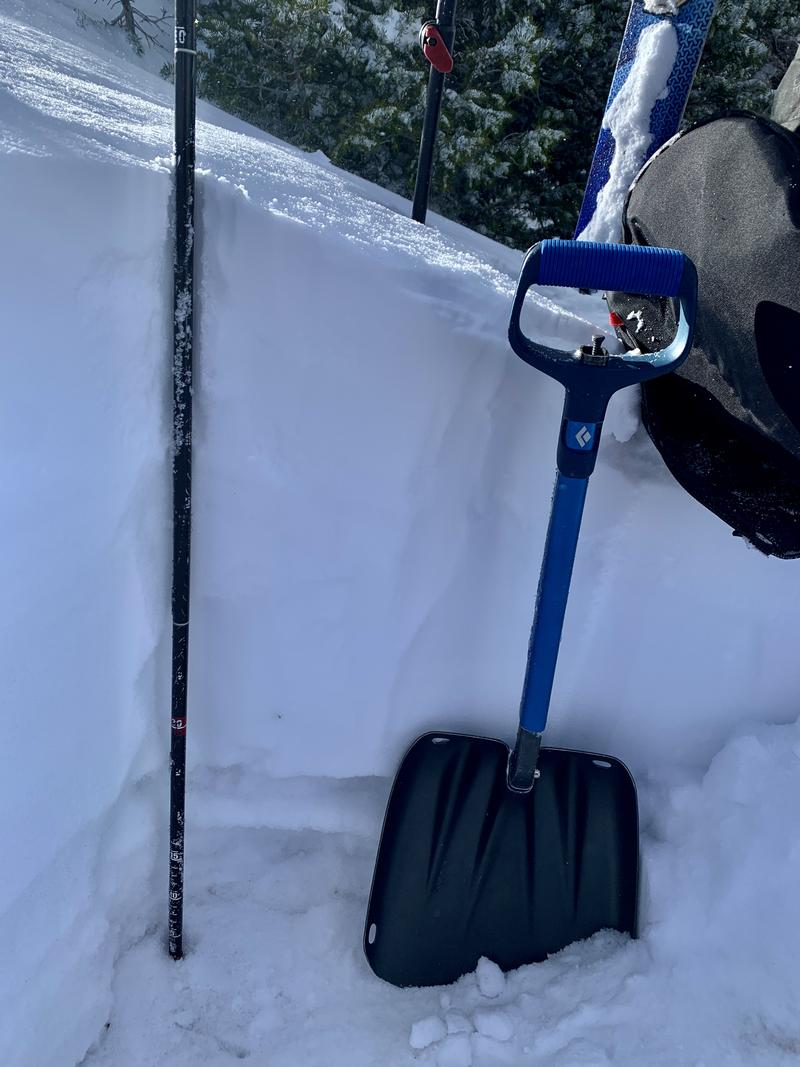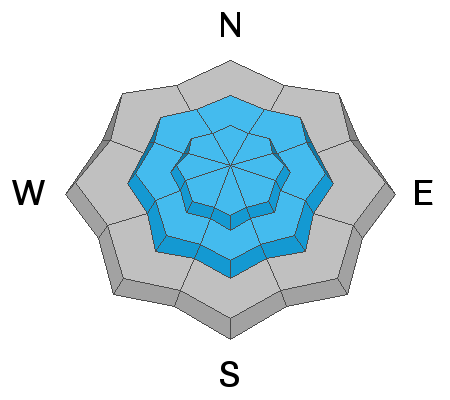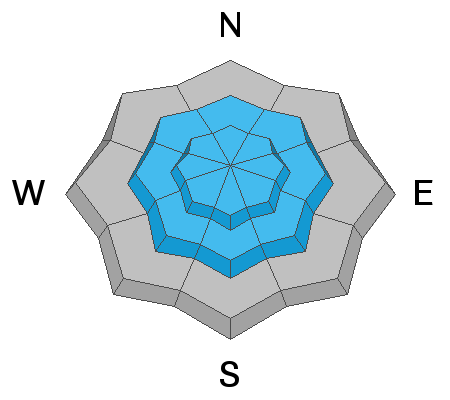Forecast for the Ogden Area Mountains

Issued by Trent Meisenheimer on
Monday morning, December 27, 2021
Monday morning, December 27, 2021
The avalanche danger is HIGH on upper elevation aspects facing northwest through north and east where strong winds and recent snowfall have created dangerous avalanche conditions. Both natural and human-triggered avalanches are likely. Traveling in or below avalanche terrain is NOT recommended.
There is CONSIDERABLE avalanche danger on mid and upper elevation aspects facing west through south and southeast. Low elevations have a MODERATE avalanche danger.

Low
Moderate
Considerable
High
Extreme
Learn how to read the forecast here







